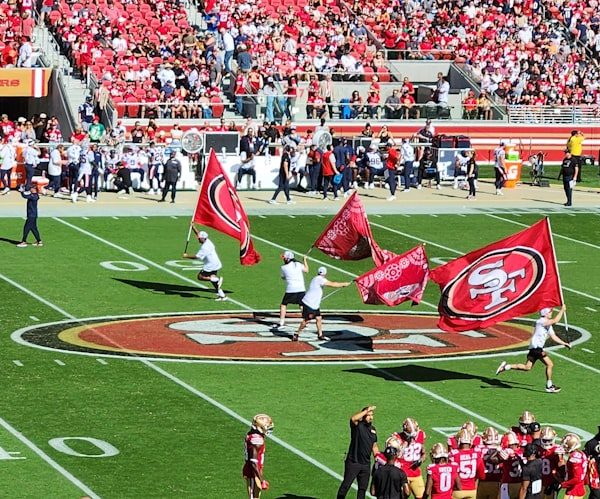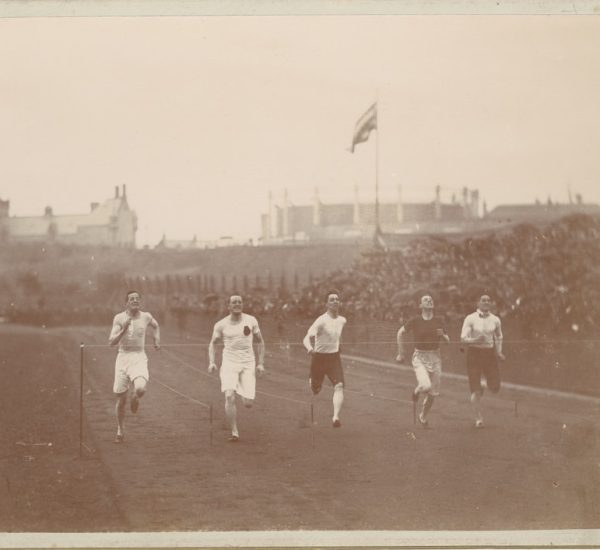In the fast-paced and physically demanding world of football, both strategy and execution play a critical role in a team’s success. One crucial yet often overlooked aspect of the game is football clearance. While fans may focus on goals, assists, and dramatic saves, clearances are silent contributors to a team’s defensive prowess and overall performance on the pitch. Understanding what a football clearance is and why it’s vital for players and teams helps appreciate the complexities of the beautiful game.
What Is a Football Clearance?
A football clearance refers to the defensive action of a player intentionally kicking, heading, or otherwise removing the ball away from the danger area, typically around their own goal. The objective is simple: relieve pressure from the opposing team and eliminate immediate threats to prevent a scoring opportunity.
Clearances are usually executed inside the defending third of the pitch, especially within or near the penalty area. They can be made by defenders, midfielders, or even goalkeepers when necessary. While the technique may vary depending on the situation, the ultimate goal remains the same – get the ball out of a high-risk area.

Types of Football Clearances
Clearances can be performed in several different ways depending on the situation and the player’s position. Common types of football clearances include:
- Foot Clearance: Using the foot to kick the ball away, often with power and direction. This is the most common form.
- Header Clearance: Using the head to knock the ball away, particularly during aerial threats from crosses or set-pieces.
- Goalkeeper Clearance: Often seen in the form of long kicks after catching or saving the ball, aiming to launch an attack or relieve pressure.
- Acrobatic Clearance: Techniques like overhead or bicycle kicks used in desperate moments to remove the ball when the player is under severe pressure.
Why Football Clearances Matter
Clearances are not just haphazard kicks upfield—they require timing, decision-making, positional awareness, and sometimes even bravery. Here are several reasons why football clearances are so important:
1. Defensive Stability
Clearances help maintain a team’s defensive structure by removing threats before they can develop. A quick and effective clearance can stop an attack in its tracks, allowing defenders to reset and reorganize.
2. Preventing Goals
At its core, the role of a clearance is to stop the opposing team from scoring. Whether it’s a last-ditch sliding effort or a towering header from a corner kick, properly executed clearances can mean the difference between conceding and keeping a clean sheet.
3. Relieving Pressure
Intense periods of offensive pressure can tire out a defense. A smart clearance sends the ball upfield, giving defenders time to catch their breath, reposition, and regroup.
4. Turning Defense into Attack
A well-directed clearance isn’t just about survival; it can also be the catalyst for a counterattack. By launching the ball toward a forward or into open space, defenders can turn defensive actions into offensive opportunities.

Key Qualities of a Good Clearance
Not all clearances are equal. A clearance that lands at the feet of the opponent can invite more pressure, while one that reaches a teammate can set a team on the front foot. The qualities of a good clearance include:
- Distance: Getting the ball as far away from goal as possible to alleviate immediate danger.
- Height: High clearances reduce the chance of being intercepted and allow time for defenders to reset.
- Direction: Clearing the ball to the flanks or towards teammates is more effective than aimlessly booting it forward.
- Timing: Good anticipation and quick reactions are vital to getting in the right position to make a clearance.
Training Players for Effective Clearances
Modern football coaches understand the importance of training defensive fundamentals, including clearances. Players go through repeated drills designed to improve anticipation, positioning, and the physical mechanics of clearing the ball. They also study match footage to understand scenarios where poor clearances led to goals or where effective ones disrupted dangerous plays.
Special emphasis is placed on:
- Reading the game and visually tracking the ball and the opponent’s movement.
- Effective communication with teammates during high-pressure situations.
- Controlled technique, especially during aerial clearances.
Clearance Statistics in Modern Football
With the advent of football analytics, clearances are an integral part of defensive statistics. Metrics such as clearances per game, successful clearances, and percentage cleared to teammates are used to evaluate defenders and goalkeepers. Teams rely on this data to scout players and refine their tactical setups.
Center-backs and full-backs usually have the most clearances in a team, and these numbers can reflect both a player’s effectiveness and a team’s defensive workload.
Clearance vs. Possession-Based Tactics
It’s worth noting that in the era of possession-based football, blindly clearing the ball is not always ideal. Some teams prefer playing out from the back, maintaining control rather than conceding possession through premature clearances.
However, even in such tactical systems, clearances have their place. When under extreme pressure near the box, a clearance might be the only viable safe option. Elite players are trained to balance risk and reward depending on the game’s phase and the opponent’s positioning.
Common Mistakes in Clearing the Ball
Poorly executed clearances are often punished at the professional level. Here are a few common mistakes:
- Clearing to the Central Area: This often leads to the ball falling to attacking players in scoring positions.
- Under-Hit Clearances: Failing to generate enough power allows continued pressure from the opposing team.
- Poor Communication: Collisions or failed attempts often result from not signaling intent to teammates.
Proper coaching and experience are necessary to minimize these errors. The best defenders develop a “sixth sense” for when and where to clear the ball.
Conclusion
While not as glamorous as scoring goals or creating assists, football clearances are a foundational defensive skill that holds immense value for teams. From preventing goals to launching counterattacks, a timely clearance can be a game-changer. Understanding and mastering this subtle yet crucial part of the game can raise the performance of individual players and the overall defensive integrity of a team.
FAQs About Football Clearance
- Q: What is the primary purpose of a clearance in football?
A: The main purpose is to remove the ball from a dangerous area to prevent the opposing team from scoring. - Q: Who typically performs clearances during a match?
A: Clearances are most often performed by defenders and occasionally by midfielders or goalkeepers. - Q: Are clearances always a good thing?
A: Not necessarily. While clearances can relieve pressure, poor placement or technique can lead to turnovers or renewed attacks. - Q: Can clearances lead to scoring opportunities for the defending team?
A: Yes, if directed well, a clearance can catalyze a counterattack and create goal-scoring chances. - Q: How do teams track clearance performance?
A: Using match analytics and data collection tools, teams monitor metrics like total clearances, successful clearances, and direction of clearance.



